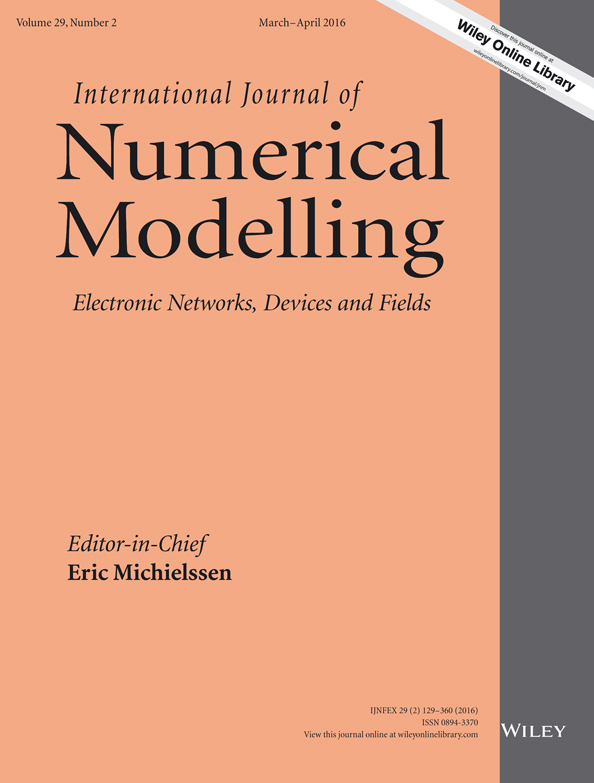Fourth-order hybrid implicit and explicit-FDTD method
Summary
A fourth-order hybrid implicit and explicit finite-difference time-domain Method has been presented in this paper. This new method investigates the use of a second-order accurate in time and a fourth-order accurate in space. The 2D formulation of the method is presented and the time stability condition of the method is certified. The maximum time step size in this method is only determined by one spatial discretization. The numerical dispersion is discussed. Numerical examples demonstrate that when this method is used to solve electromagnetic problems, higher computational efficiency and less dispersion error can be obtained by comparing with the traditional finite-difference time-domain algorithm. Copyright © 2015 John Wiley & Sons, Ltd.




